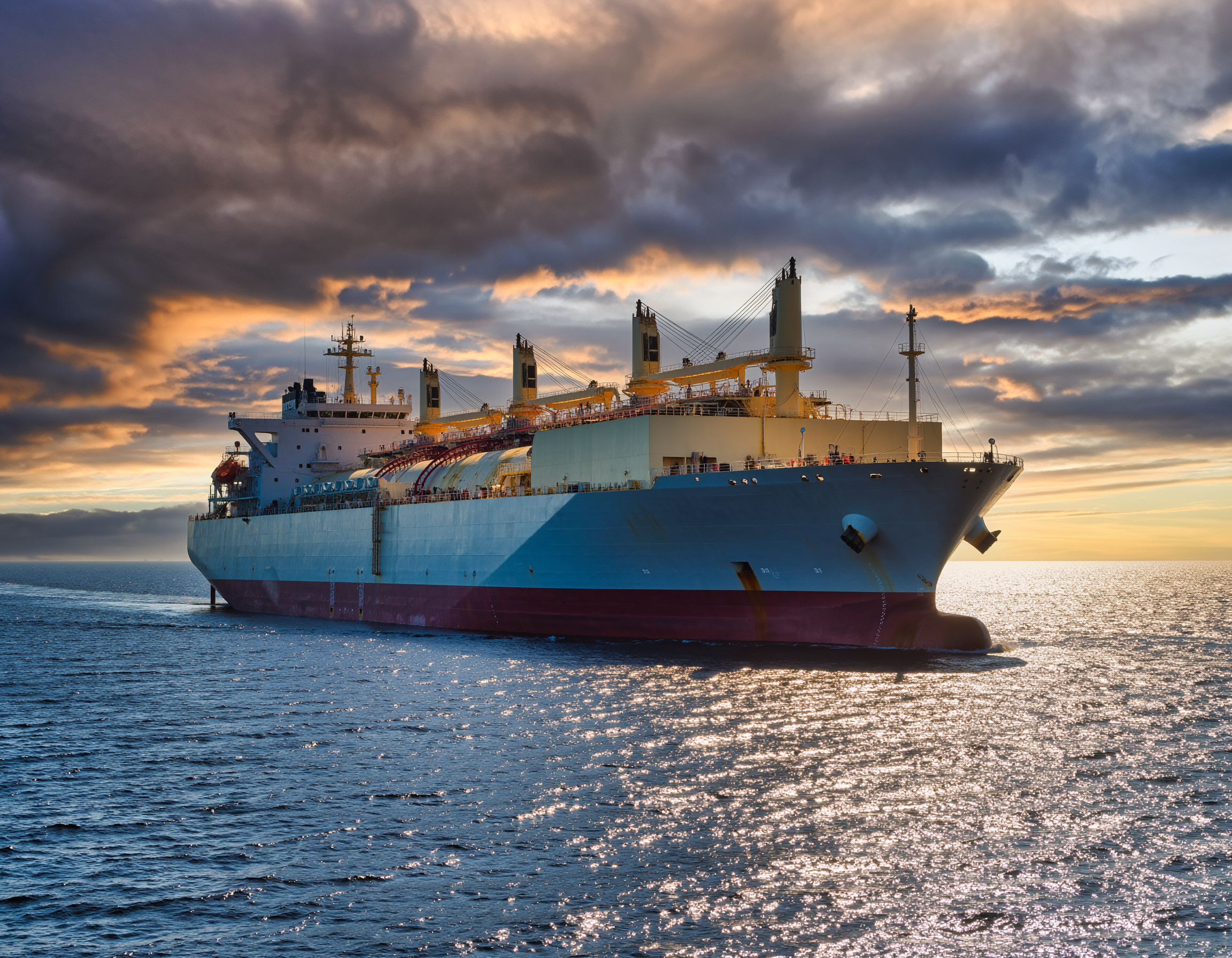The UK Club continues to see a number of bunker quality issues arising from delivery of alleged off-specification or contaminated bunkers. In many of these cases fuel sampling procedures on board at the time of delivery have been found inadequate and in many cases unreliable.
Continuous drip sampling throughout the bunkering operation should be used for both Commercial and MARPOL Samples and should be carried out at a single mutually agreeable and monitored location . Most issues with sampling arise due to the availability of two locations for sampling - one at the receiving vessels manifold and the other at the bunker barge's manifold. While the MARPOL Convention (and consequently the MARPOL sample) clearly identifies the bunker manifold of the receiving vessel as the appropriate location for sampling, ISO 13739 (which provides guidance on Commercial sampling) states from either end of the bunker hose.
By way of a short reminder, the Commercial sample is used as evidence in disputes over quality of the fuel and the MARPOL sample provides evidence to the Flag States and Port States regarding adherence to the MARPOL requirements.
In many bunkering ports the Chief Engineer is provided with samples drawn on board the bunker barge. In most cases, this is the agreed sampling procedure under the bunker supply contract and these samples are considered as representative and also the binding sample for any potential commercial disputes. If this is the case, it is important that a senior representative from the ship's crew attends on the barge to ensure that proper sampling procedures are taking place at all times.
Sampling equipment should be checked for cleanliness and should be tamper proof. All samples collected must be sealed and retained in the presence of both the supplier and ship's representative.
Upon completion of bunkering, the supplier presents a Bunker Delivery Note (BDN). It is important to note that only representative and witnessed sample seal numbers are referenced in the BDN and that the bunker samples themselves are properly labelled and the numbers match up with the BDN. The BDN is signed by the supplier and the receiving vessels representative and this becomes an important document in any dispute resolution.
In case of a dispute relating to quality of the fuel an analysis of the sample retained by the supplier is carried out (in most cases jointly at a mutually agreed laboratory). During this analysis it is important to carry out testing of all ISO 8217 fuel parameters so that the supplier's sample can be finger-printed / traced back to the actual fuel received on board.



![The Solomon Trader [2025] EWCA Civ 1387: The ‘pay to be paid’ rule affirmed in the Court of Appeal](/fileadmin/uploads/ukpandi/News_Images/AdobeStock_104743067.jpeg)
